Construction of expressways, elevated urban railways using new technology - PRC V+ pile-based bridges has a cost equal to 1/3 of the investment capital of existing expressways and elevated railways nationwide.

A section of the 2-storey overpass highway built by Hoa Binh Group in the Xuan Cau - Lach Huyen duty-free zone has been successfully tested - Photo: NQ
Reduce capital, shorten construction time?
On the eve of the National Conference on Breakthroughs in Science, Technology, Innovation and National Digital Transformation, organized by the Secretariat on January 13, 2025, Hoa Binh Company Limited (Hoa Binh Group) sent a document to the General Secretary - Head of the Central Steering Committee on Science, Technology, Innovation and Digital Transformation - proposing to build expressways and elevated urban railways using PRC V+ pile-based bridge technology.
A representative of Hoa Binh Group said that the PRC V+ pile bridge technology was successfully tested by the enterprise in the Xuan Cau - Lach Huyen duty-free zone (Hai Phong City) recently.
Therefore, the company proposed to apply this technology to build the 4th ring road in the Hanoi capital region, expand the Ho Chi Minh City - Long Thanh expressway to 8-10 lanes, and the Thu Thiem - Long Thanh light railway in the near future.
PRC V+ pile bridge technology uses prestressed centrifugal concrete piles and hollow slab panels with prestressed ribs to build elevated expressways and elevated urban railways, replacing the technology of constructing expressways and viaducts using in-situ concrete piles and beams, which is more costly and time-consuming.
Explaining the difference of this technology, Dr. Tran Ba Viet, vice president of the Vietnam Association of Building Materials and vice president of the Vietnam Concrete Association, said that the technology has been applied in the construction of expressways and viaducts in China, Indonesia, Germany and Taiwan in recent years.
"With new technology, concrete components for building expressways, viaducts, and elevated urban railways are standardized, precast, and mass-produced in factories, without having to pour concrete piles and beams directly at the construction site, so construction is faster and the quality of beams and piles is guaranteed. In particular, because concrete components are mass-produced in the factory, it is very economical," said Mr. Viet.

Mr. Nguyen Huu Duong, chairman of Hoa Binh Group, once attracted public attention when he built a gold-plated hotel in the central district of Hanoi - Photo: B.NGOC
Proposal to apply new technology to build the 4th ring road of the capital region
The results of the test project of a 2-storey viaduct using PRC V+ pile-based bridge technology, built by Hoa Binh Group in collaboration with a group of experts from Germany, Japan, China and Indonesia in the Xuan Cau - Lach Huyen duty-free zone, were inspected and evaluated by the University of Transport Consulting and Construction Company Limited and the Institute of Construction Economics (Ministry of Construction) as meeting and exceeding the standards for constructing viaducts in Vietnam.
According to the calculation of the Institute of Construction Economics, the investment cost of 1m2 of expressway viaduct when applying the new construction technology proposed by Hoa Binh Group is about 12 - 13 million VND/ m2 . Meanwhile, 1m2 of expressway viaduct built with the old technology is currently from 30-39 million VND/ m2 .
If applying the new technology proposed by Hoa Binh Group, the investment capital for future expressway viaducts will be equal to 1/3 of the investment capital for existing expressway viaducts.
And the application of PRC V+ pile bridge technology to build the 4th ring road of the capital region (about 113km long) in the coming years will save a lot of money for the budget, according to Mr. Nguyen Huu Duong - Chairman of Hoa Binh Group.
The total preliminary investment capital for the capital region's Ring Road 4 is currently approved at about 86,000 billion VND, with a construction scale of 4 lanes and no emergency lane.
Mr. Duong calculated that if applying new technology, with an investment cost of about 56,200 billion VND (lower than the total approved preliminary capital of about 29,800 billion VND), Hoa Binh Group can build an expressway with a cross-section of 40.8m wide, a scale of 6 lanes, 2 emergency lanes and invest in expanding an additional 8.6m of parallel elevated railway.
Similarly, with the project to expand the Ho Chi Minh City - Long Thanh expressway to 8-10 lanes (22km) and build the Thu Thiem - Long Thanh light rail line (41.83km), if applying old technology, the total initial investment capital of these two projects is about 99,700 billion VND, but if investing with new technology, the investment capital is only about 30,000 billion VND. The construction progress of the projects is also shortened compared to investing with old technology.
Deputy Prime Minister assigned ministries and Hanoi City to study the technology proposed by Hoa Binh Group.
In December 2024, the Government Office issued a document conveying the direction of Deputy Prime Minister Tran Hong Ha assigning the Ministry of Transport to preside over and direct research units to comprehensively evaluate the technical, economic and environmental criteria of the PRC V+ pile bridge solution when deployed on a large scale.
At the same time, the ministries of Transport, Construction, Science and Technology, Natural Resources and Environment, and Hanoi People's Committee were assigned to conduct a field survey of Hoa Binh Group's experimental project.
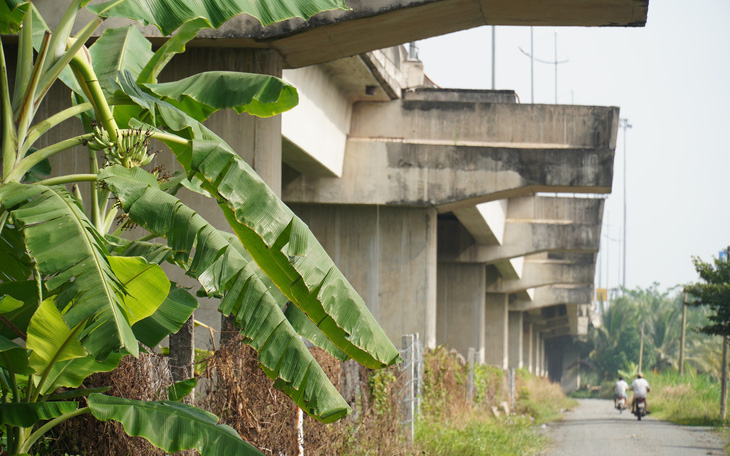 Building viaducts for southern highways: why not?
Building viaducts for southern highways: why not?Source: https://tuoitre.vn/de-xuat-cong-nghe-moi-xay-cao-toc-duong-sat-do-thi-theo-tieu-chi-nhanh-re-tot-20250113110020255.htm






![[Photo] The two Prime Ministers witnessed the signing ceremony of cooperation documents between Vietnam and Singapore.](https://vstatic.vietnam.vn/vietnam/resource/IMAGE/2025/3/26/294b2d9cbf494db29dbdc47951d8313a)
![[Photo] General Secretary To Lam receives Singaporean Prime Minister Lawrence Wong](https://vstatic.vietnam.vn/vietnam/resource/IMAGE/2025/3/26/4bc6a8b08fcc4cb78cf30928f6bd979e)
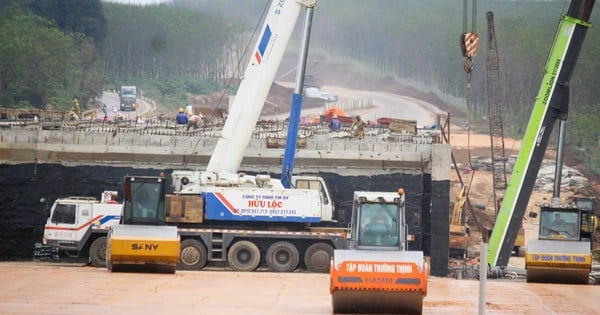

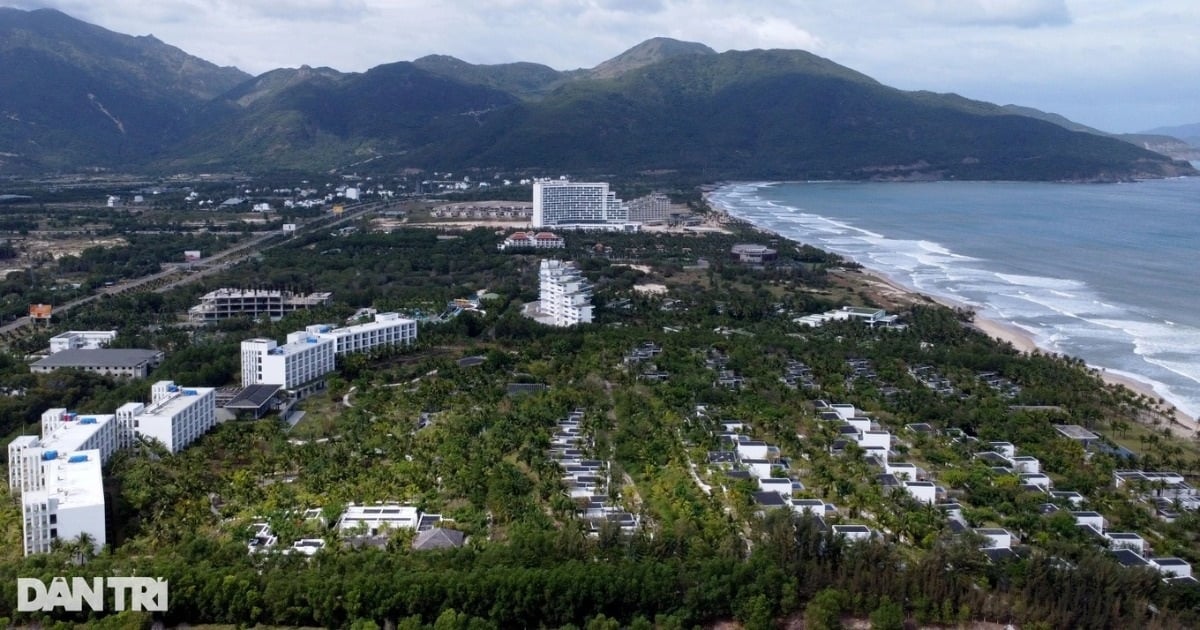

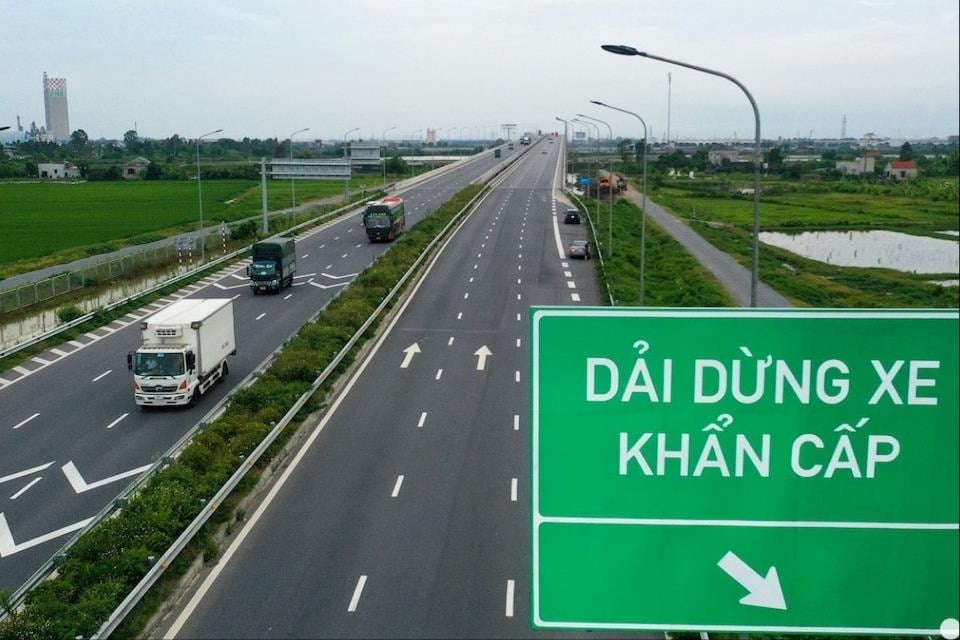

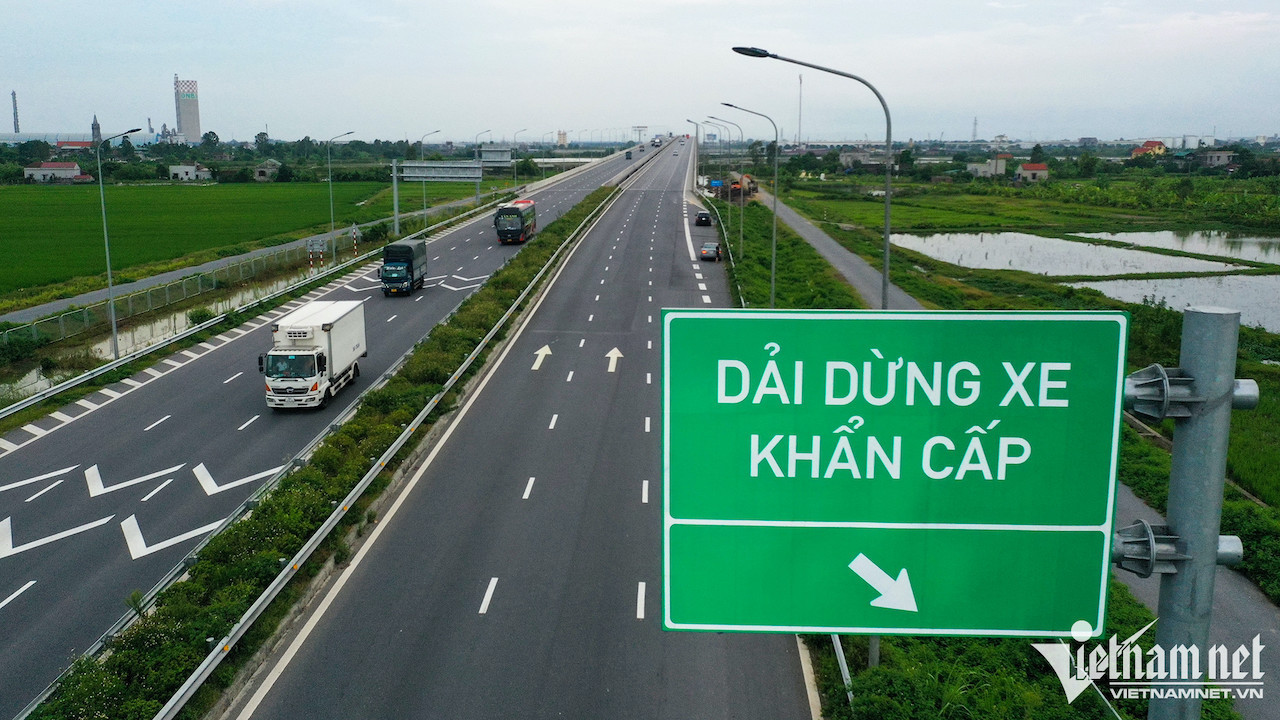

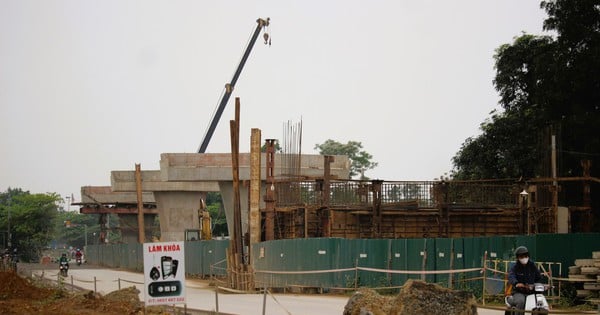
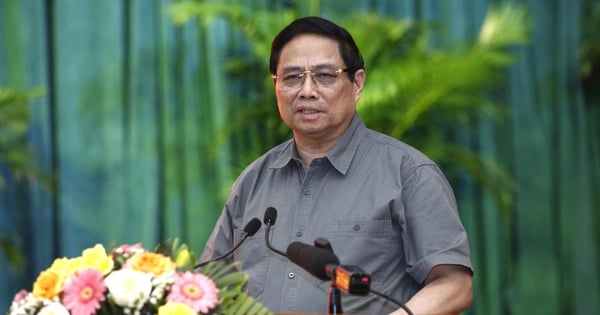

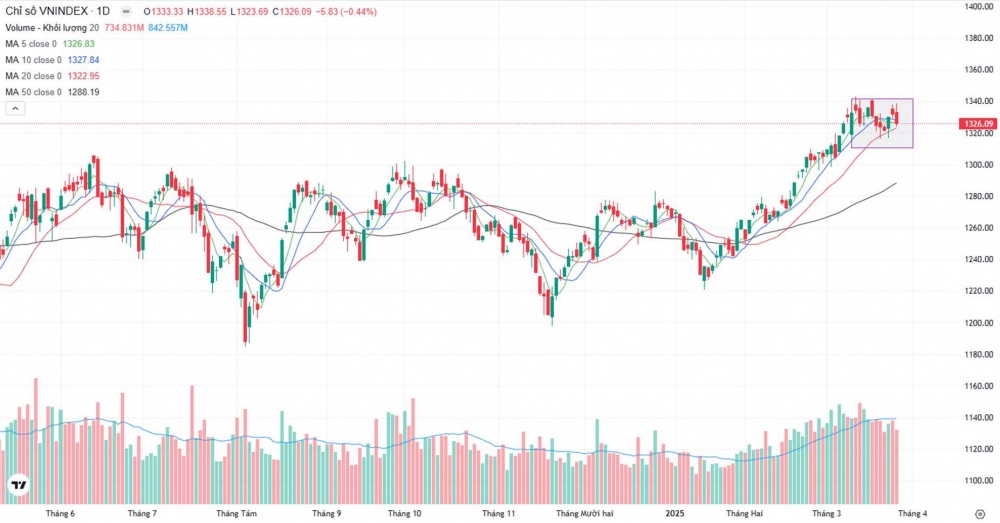


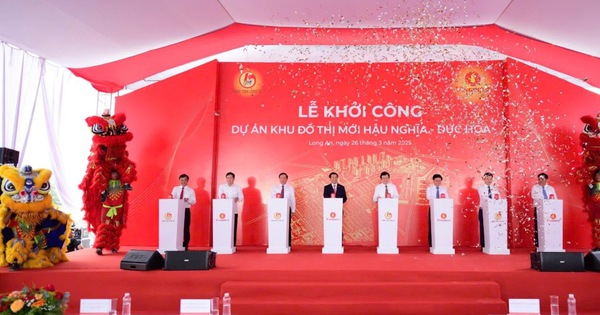
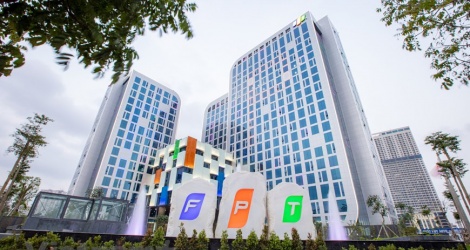

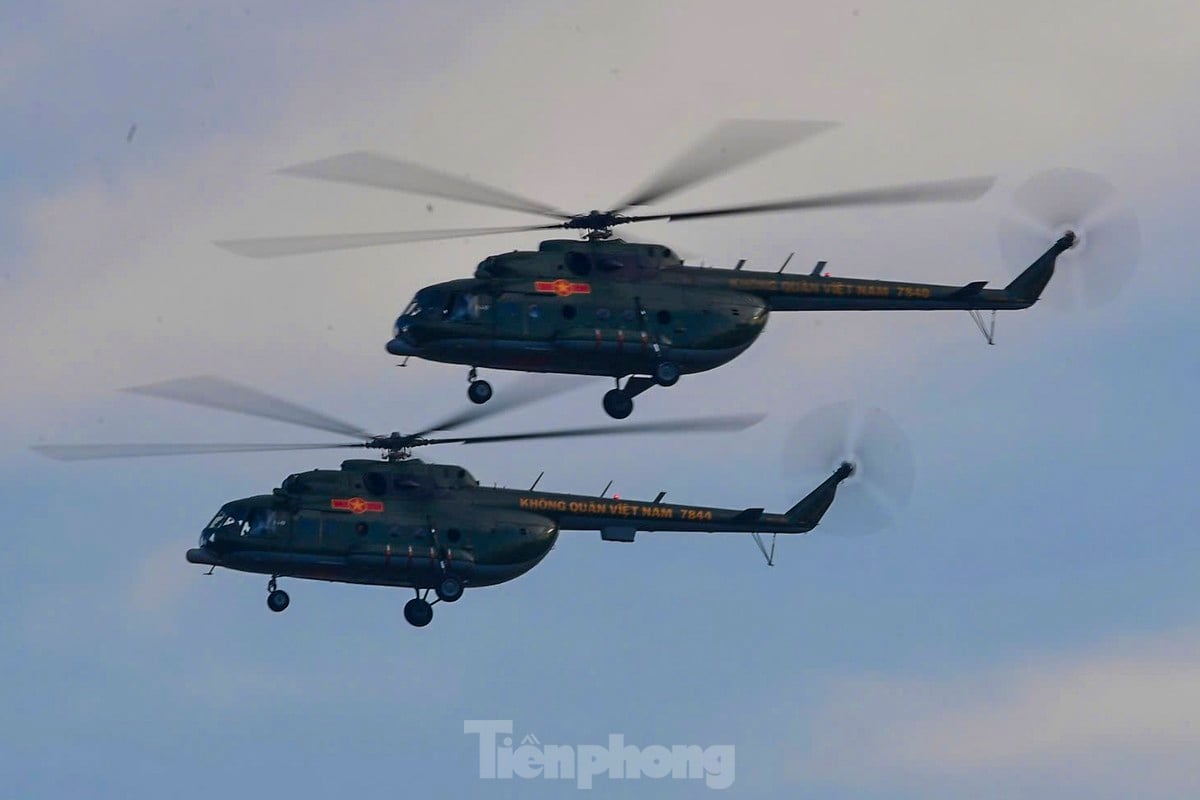

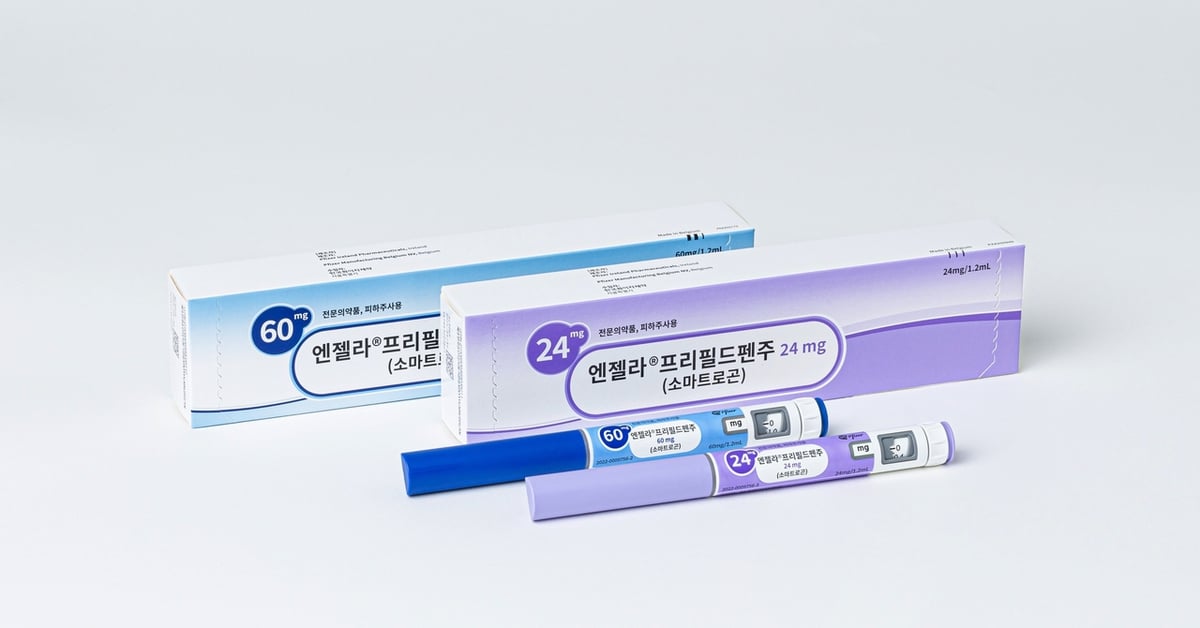
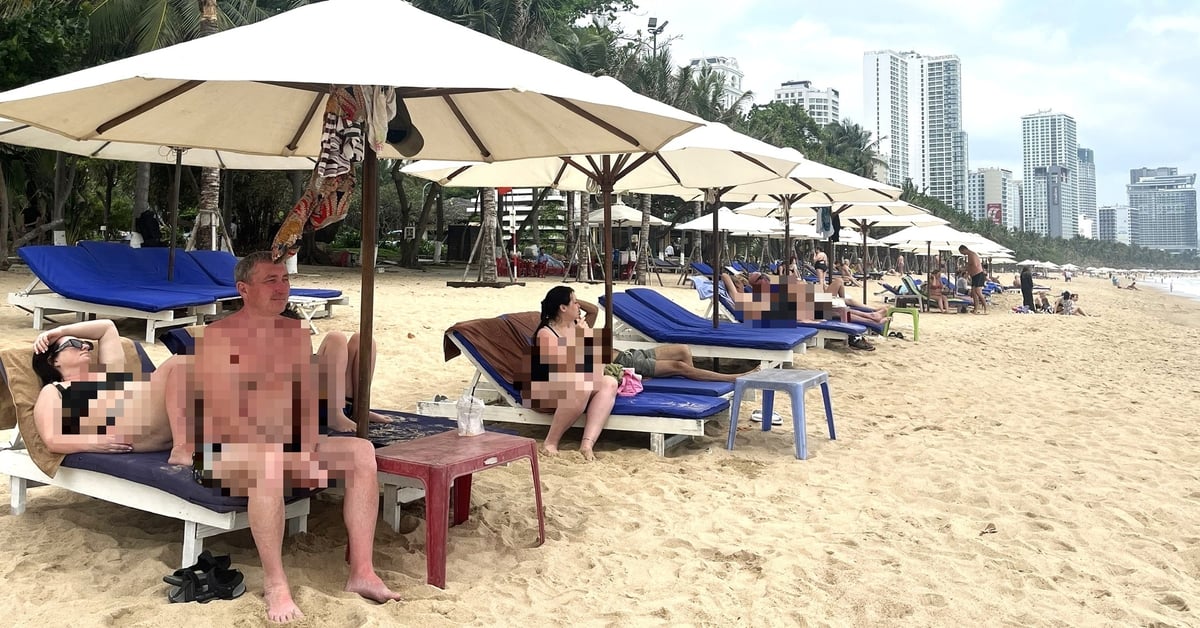
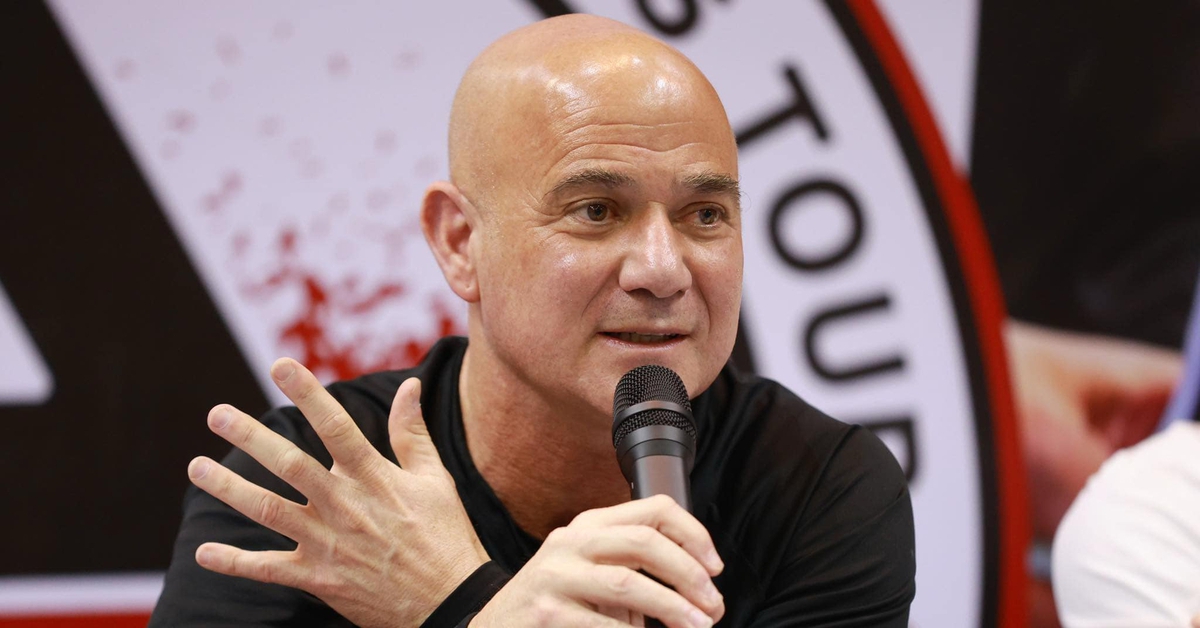
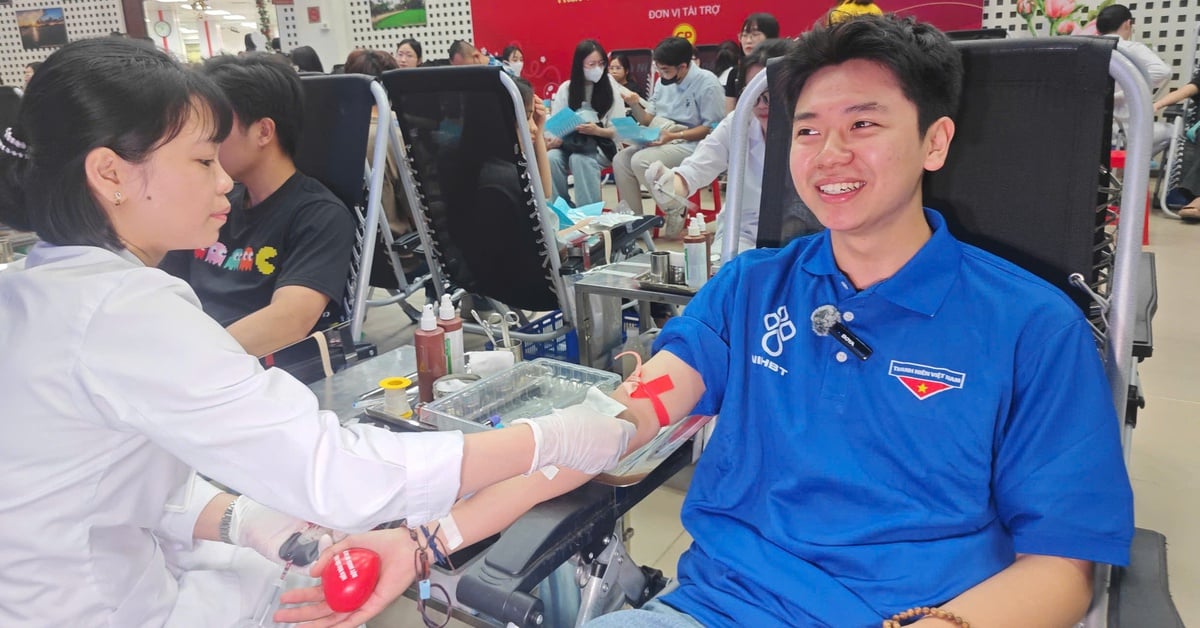


![[Photo] Singapore and Vietnam Prime Minister's wives visit Vietnam Museum of Ethnology](https://vstatic.vietnam.vn/vietnam/resource/IMAGE/2025/3/26/5f7f62b30516402db29e10c1ee43f8e2)






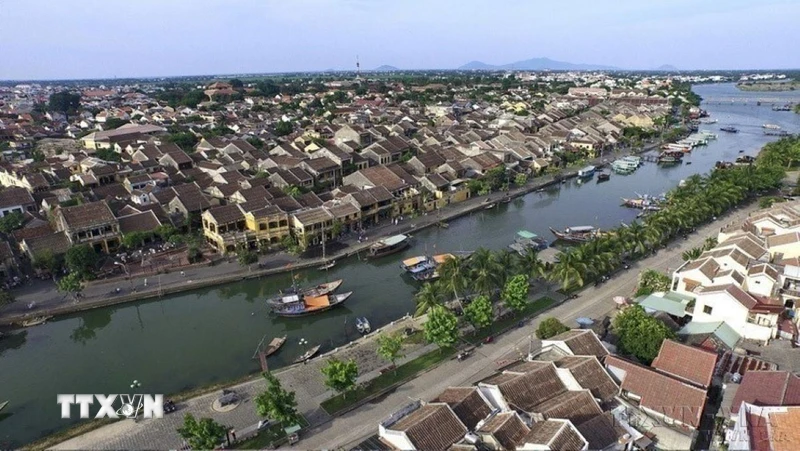

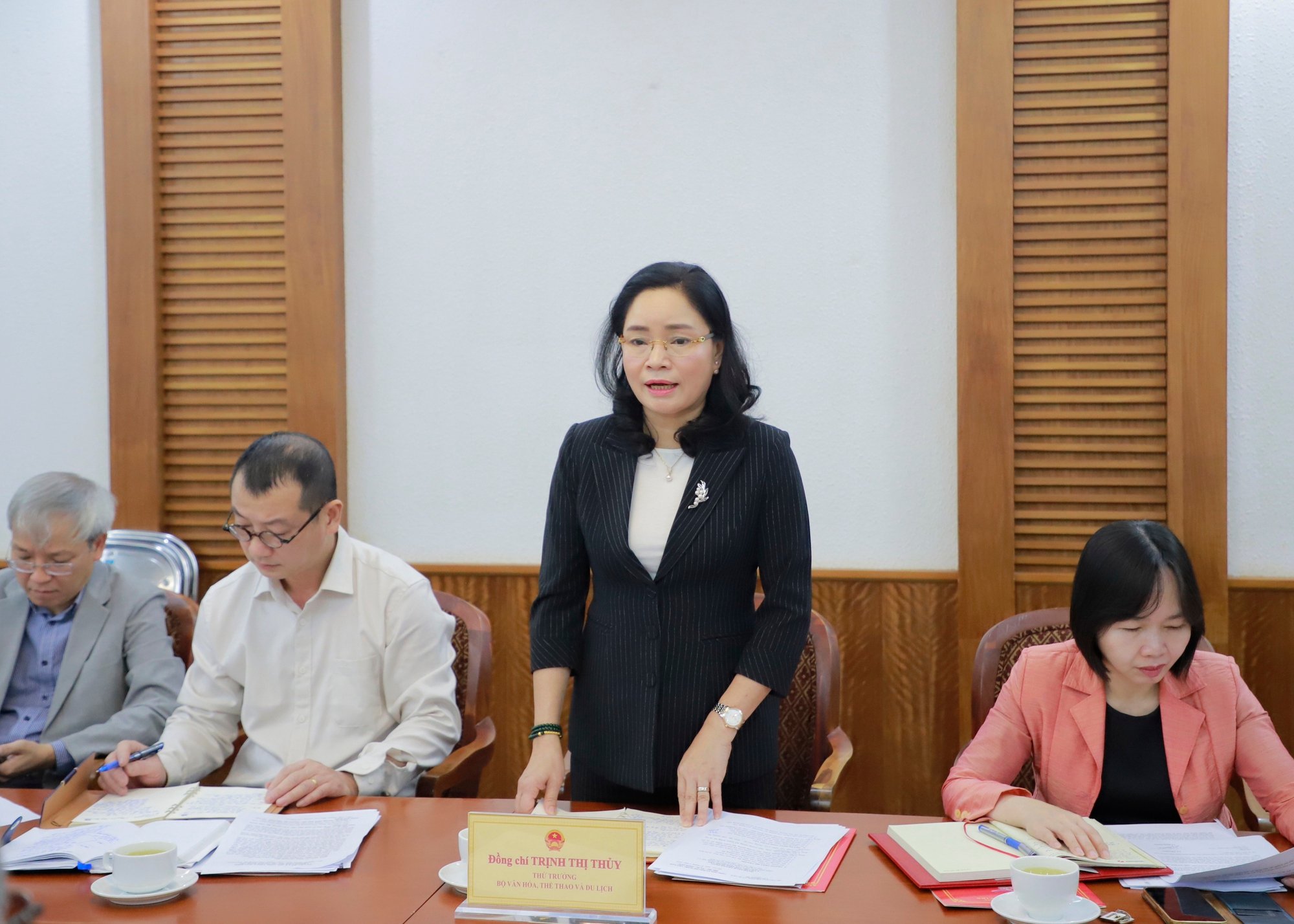

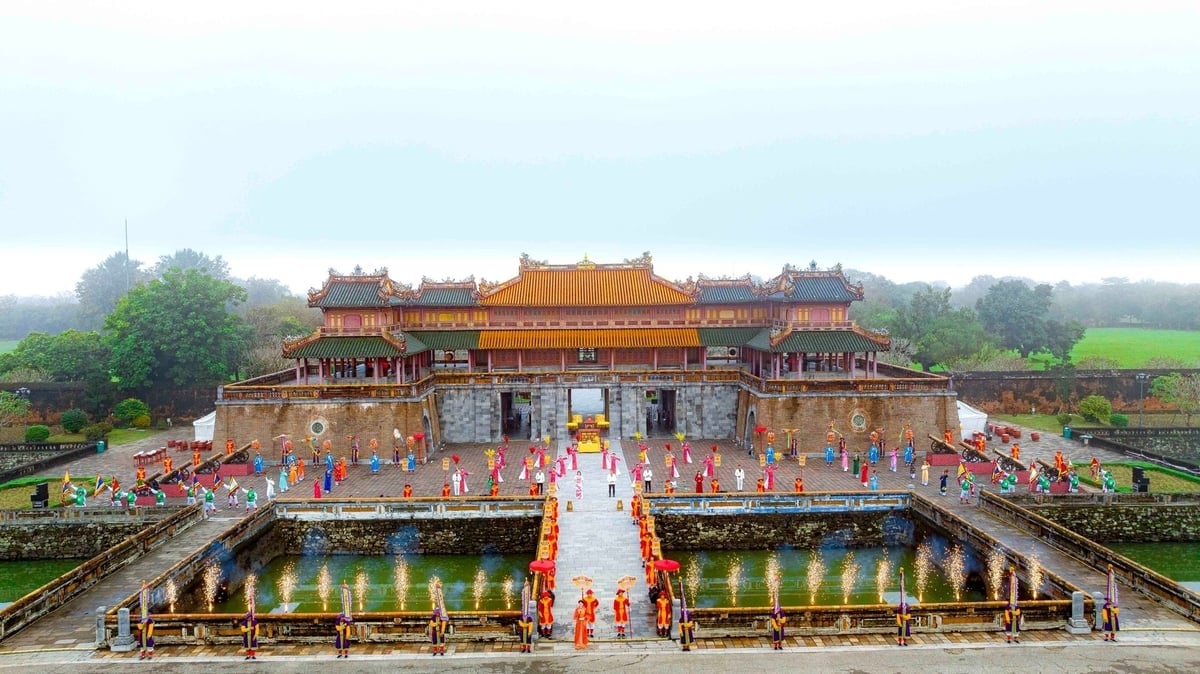

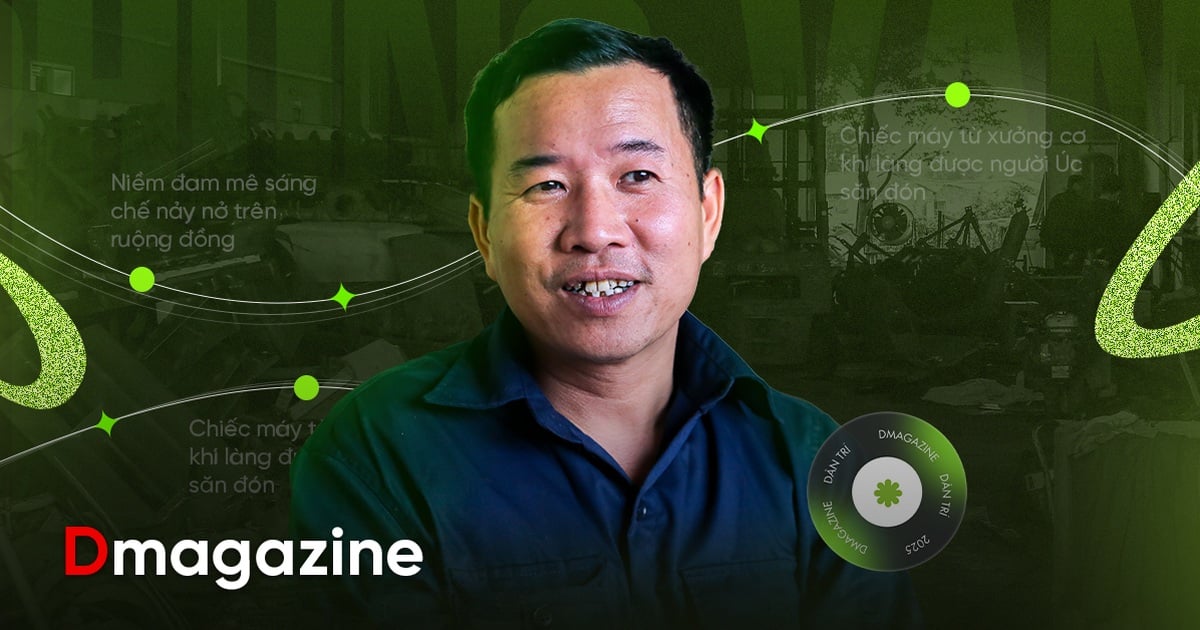
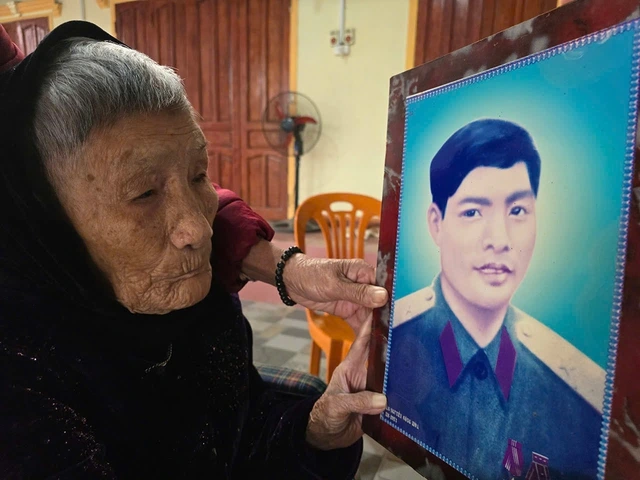



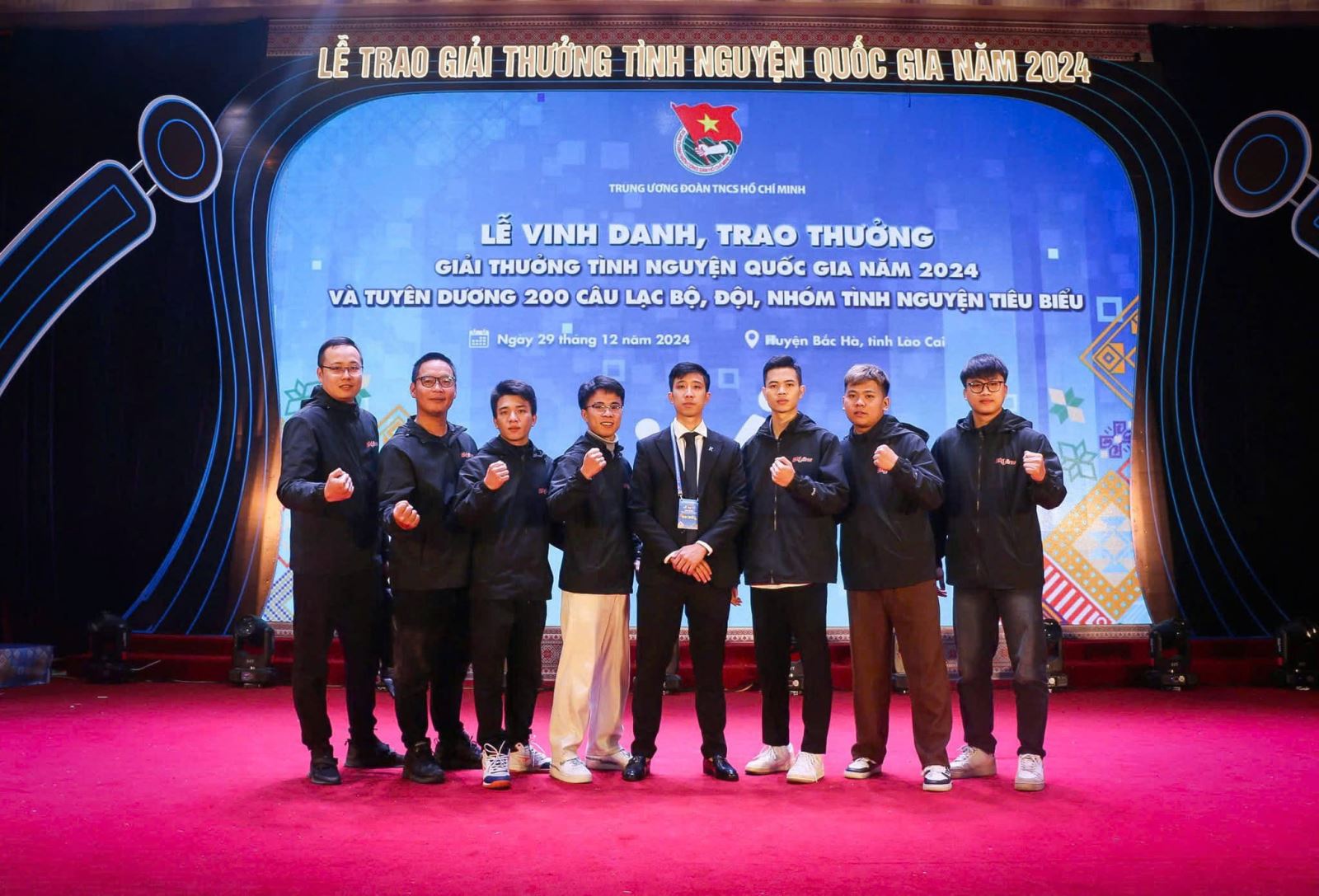









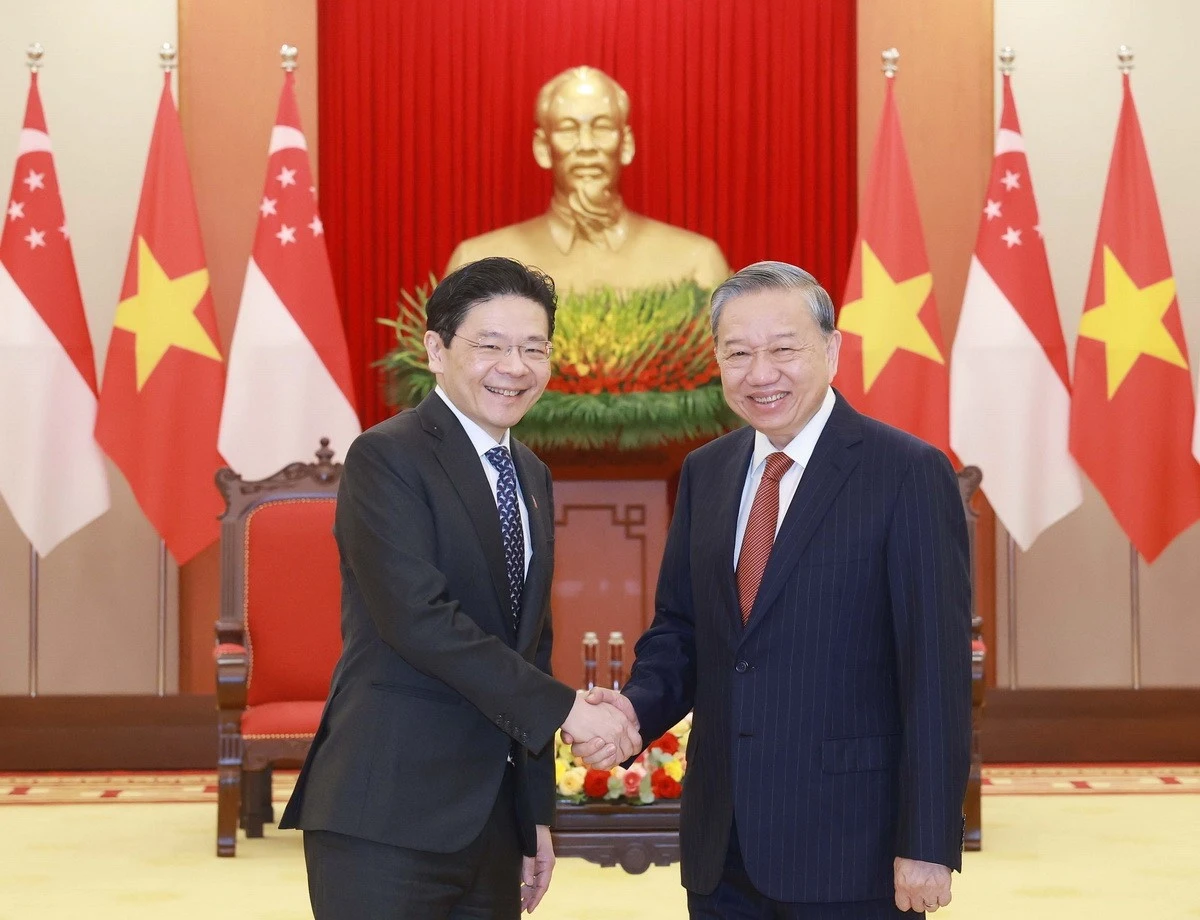
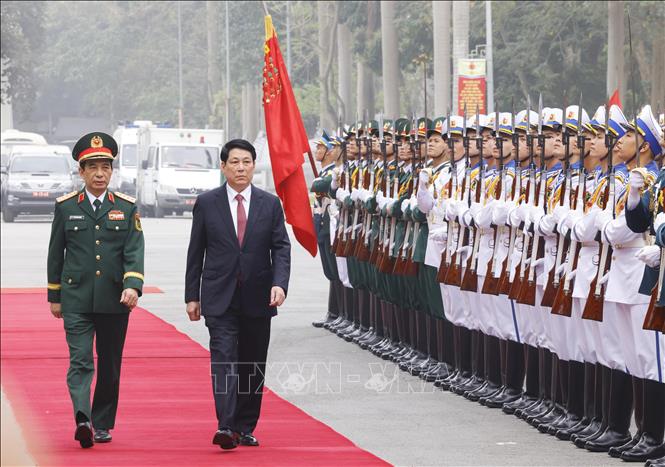

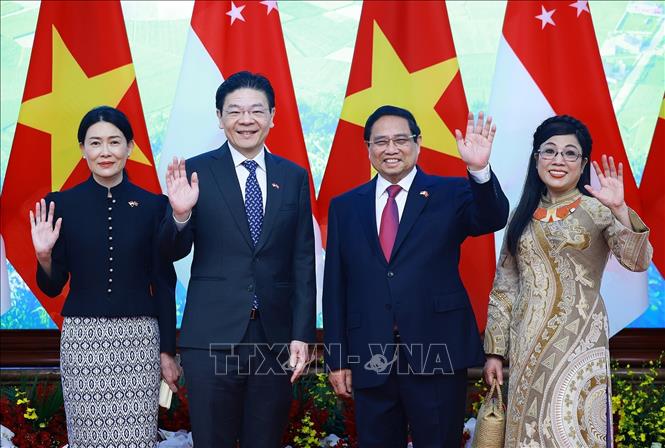
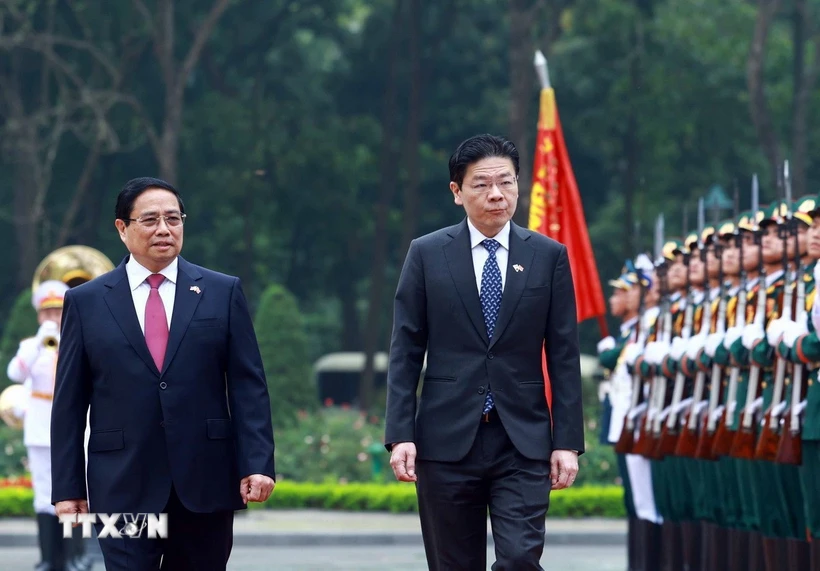
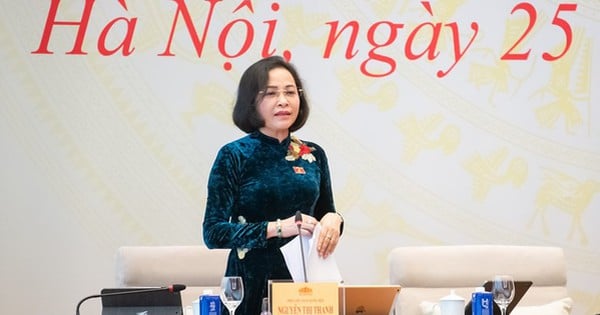



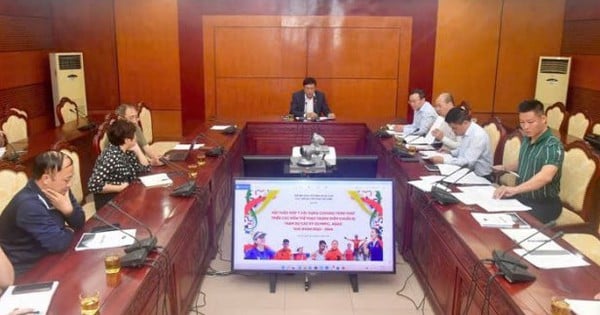
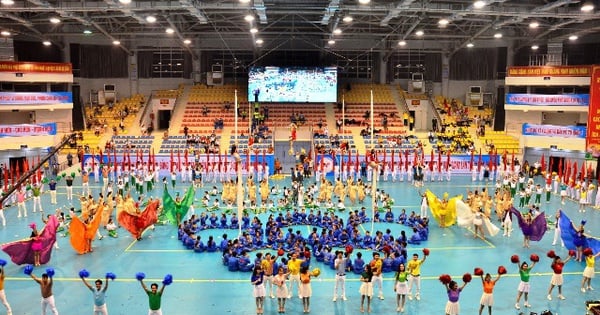
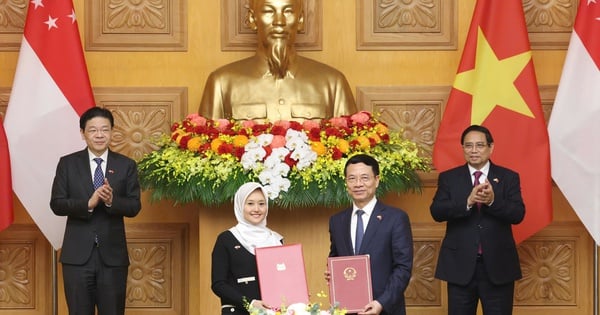

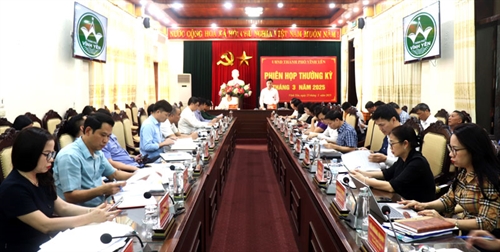
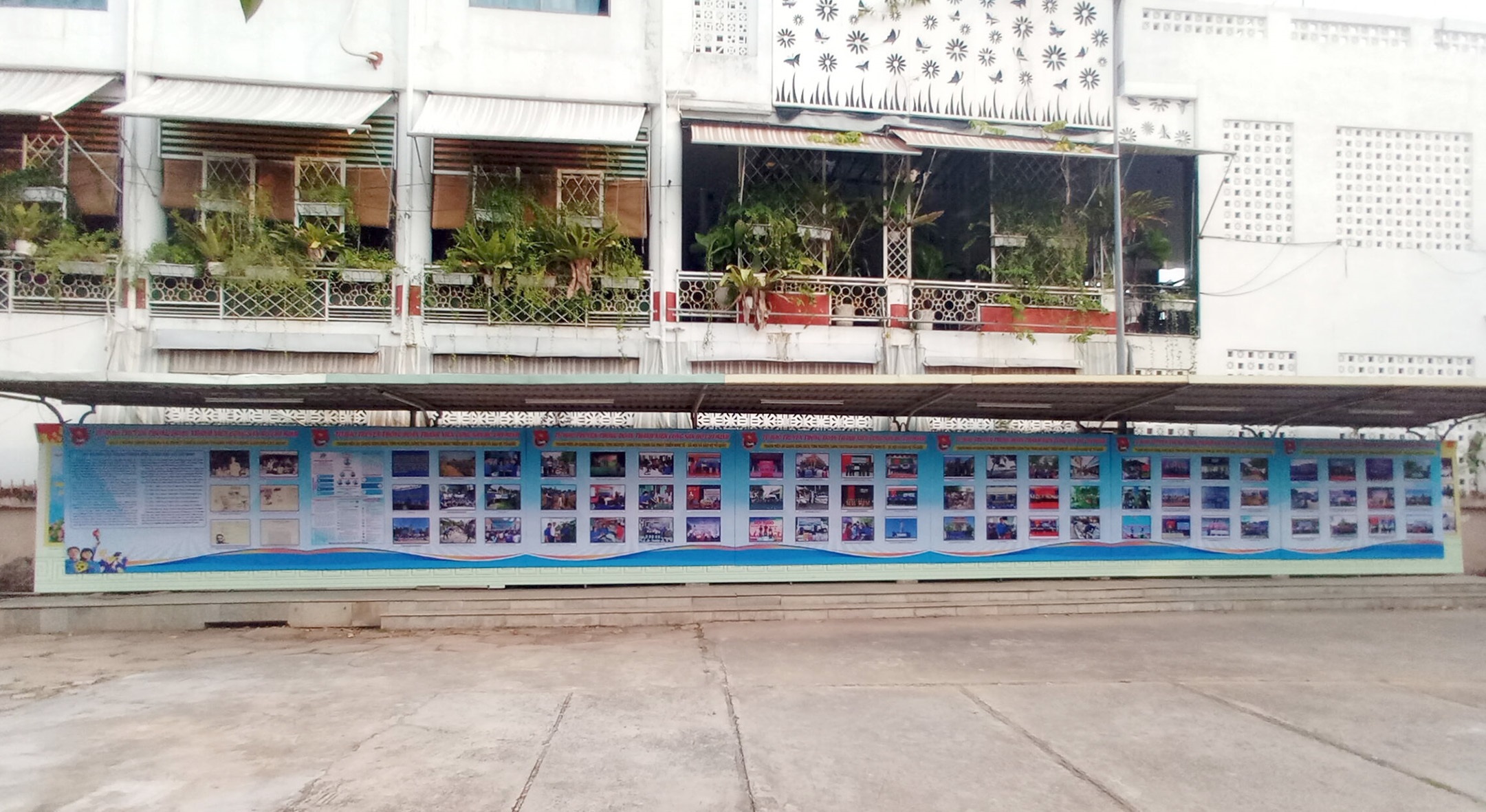
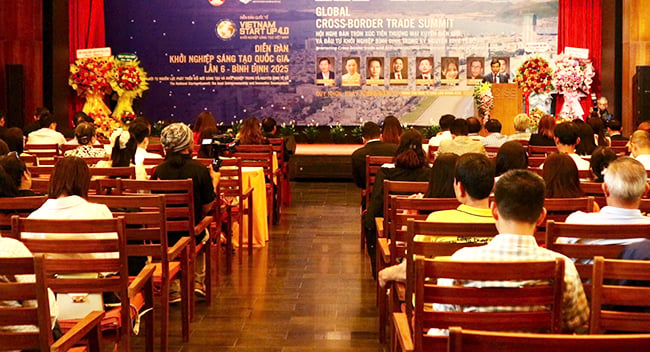
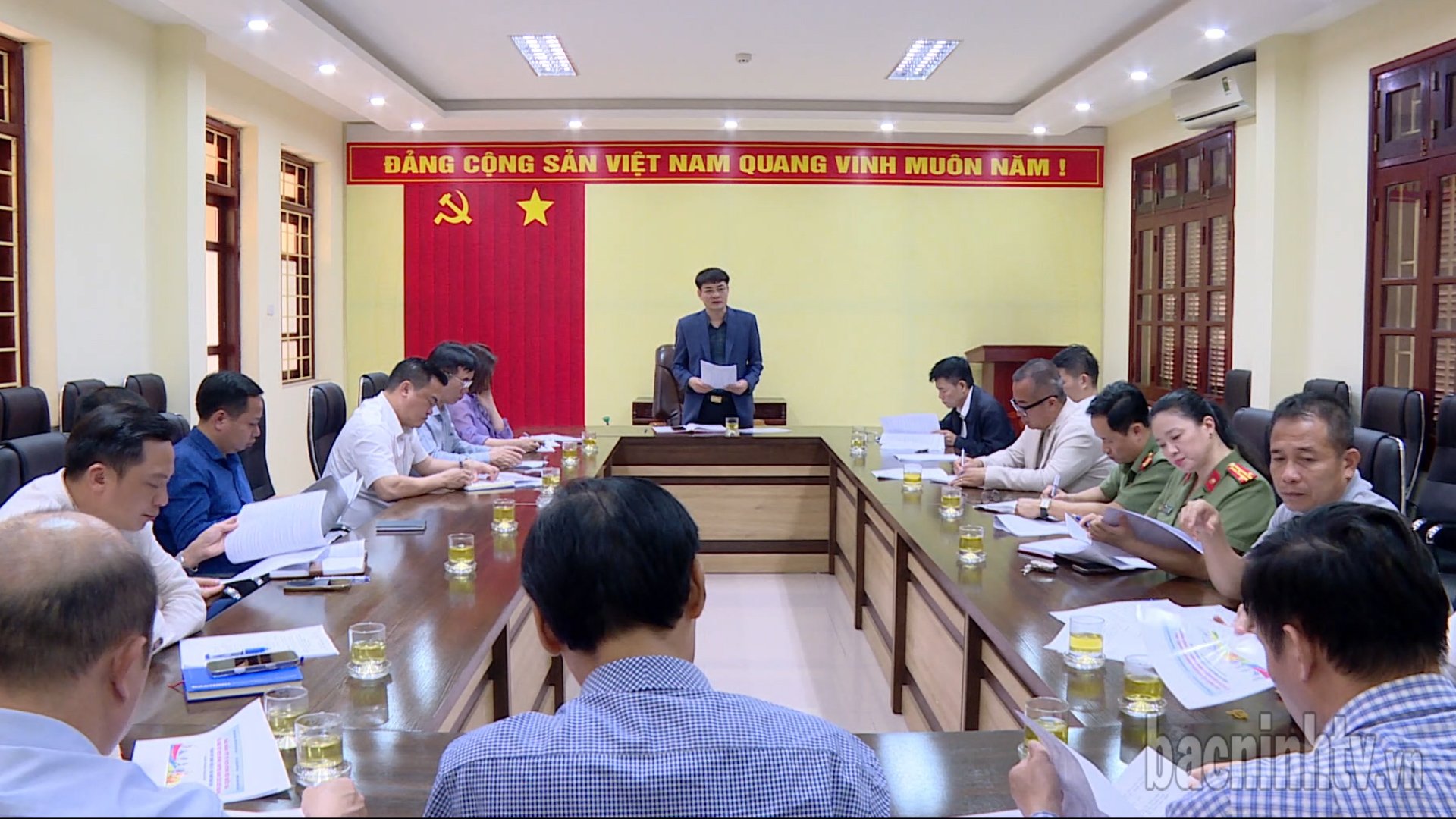
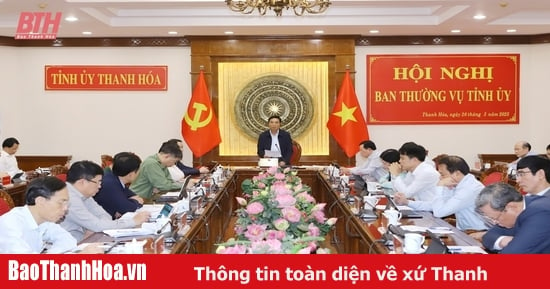
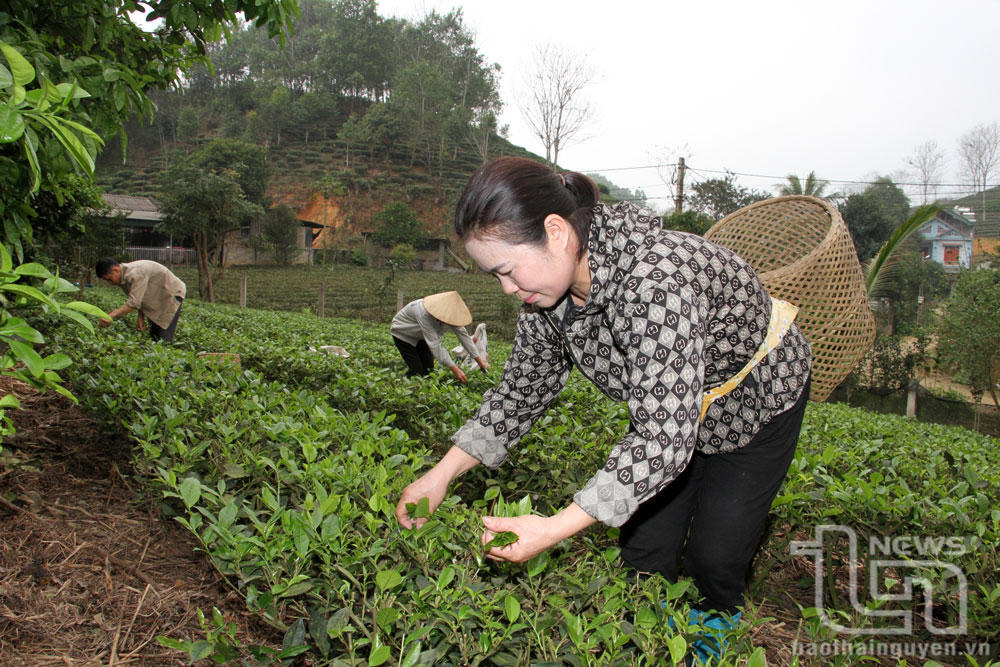
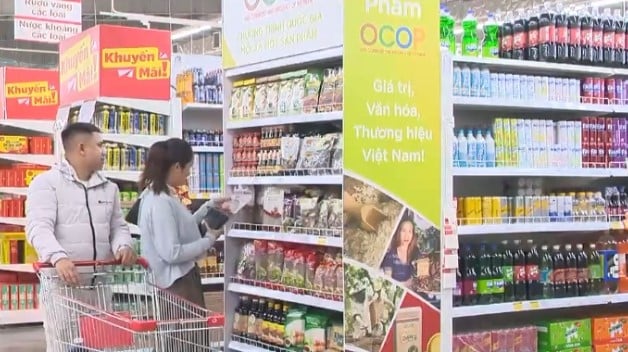

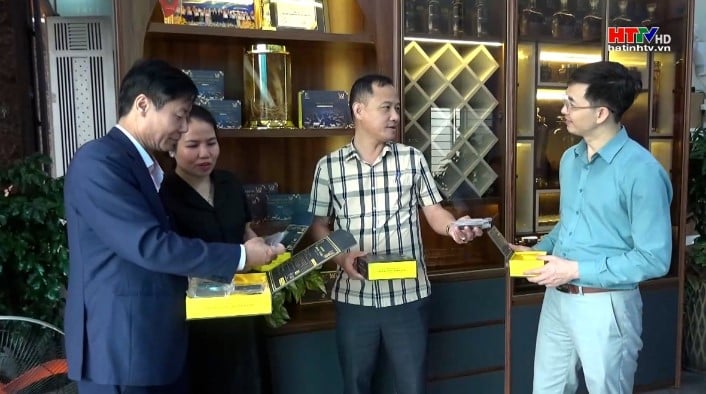





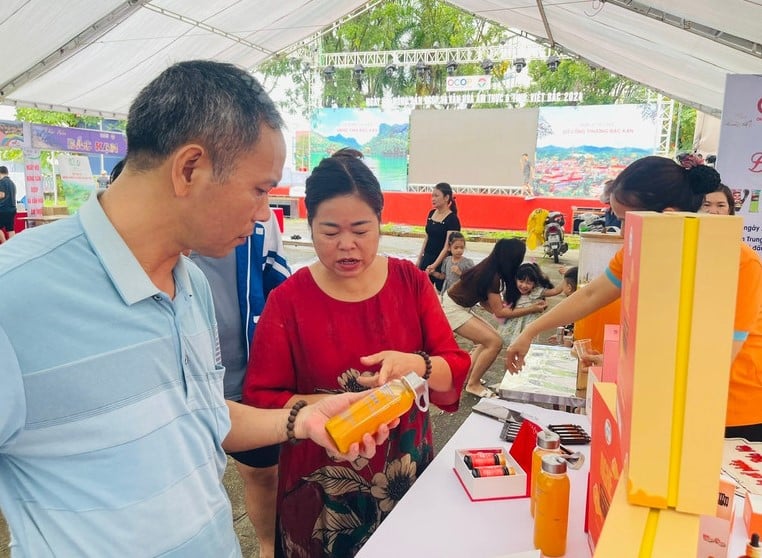
Comment (0)